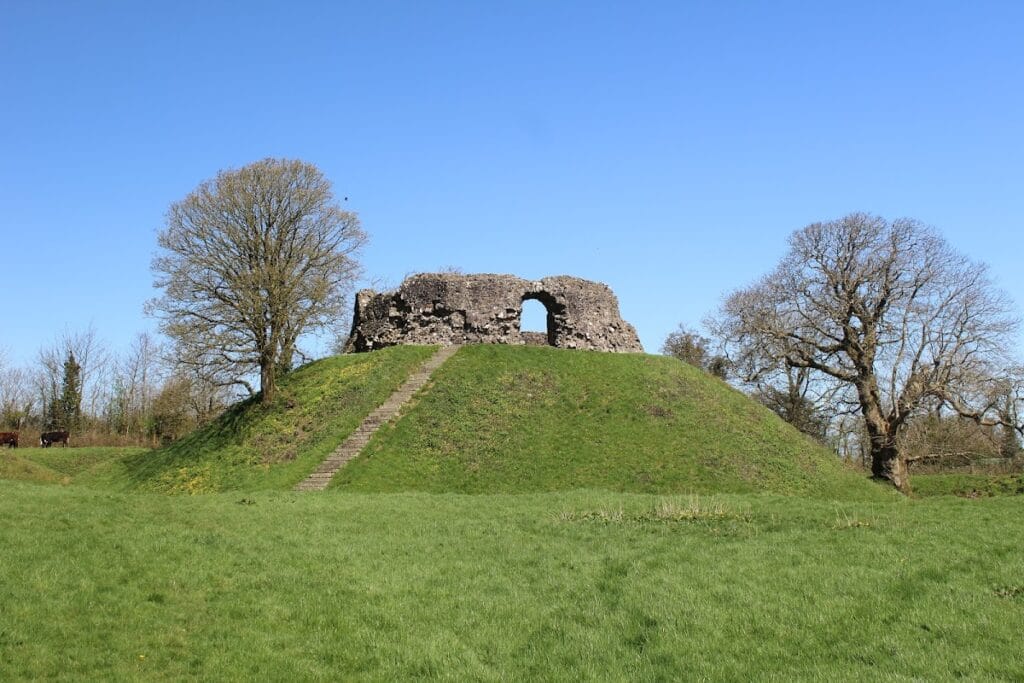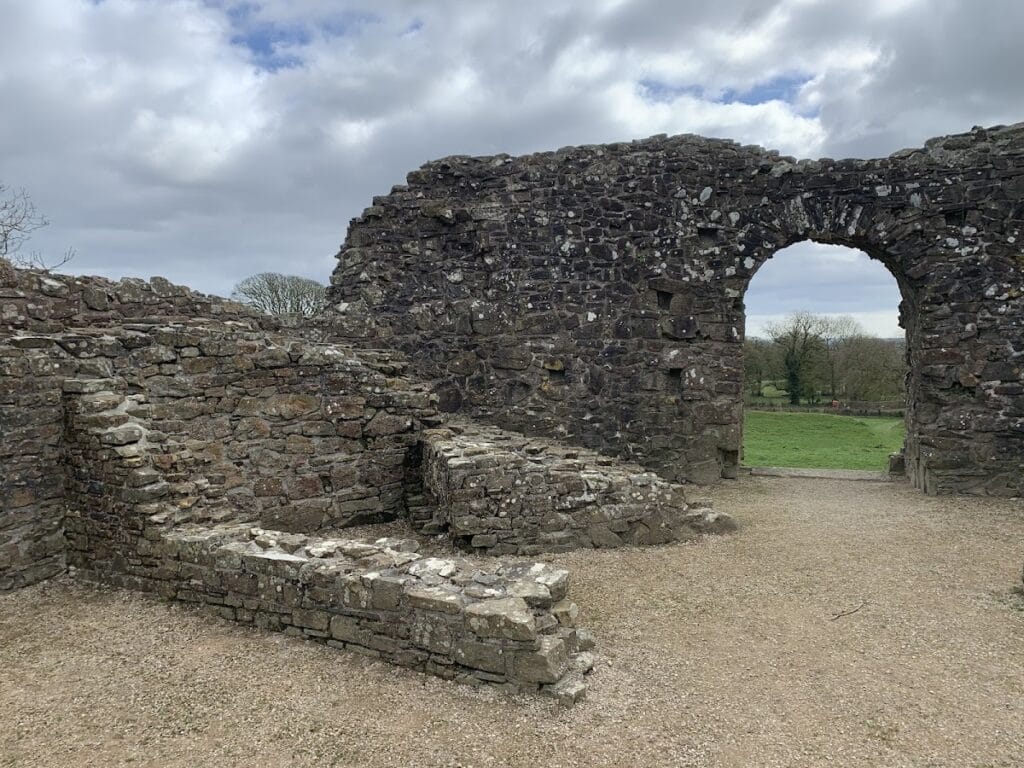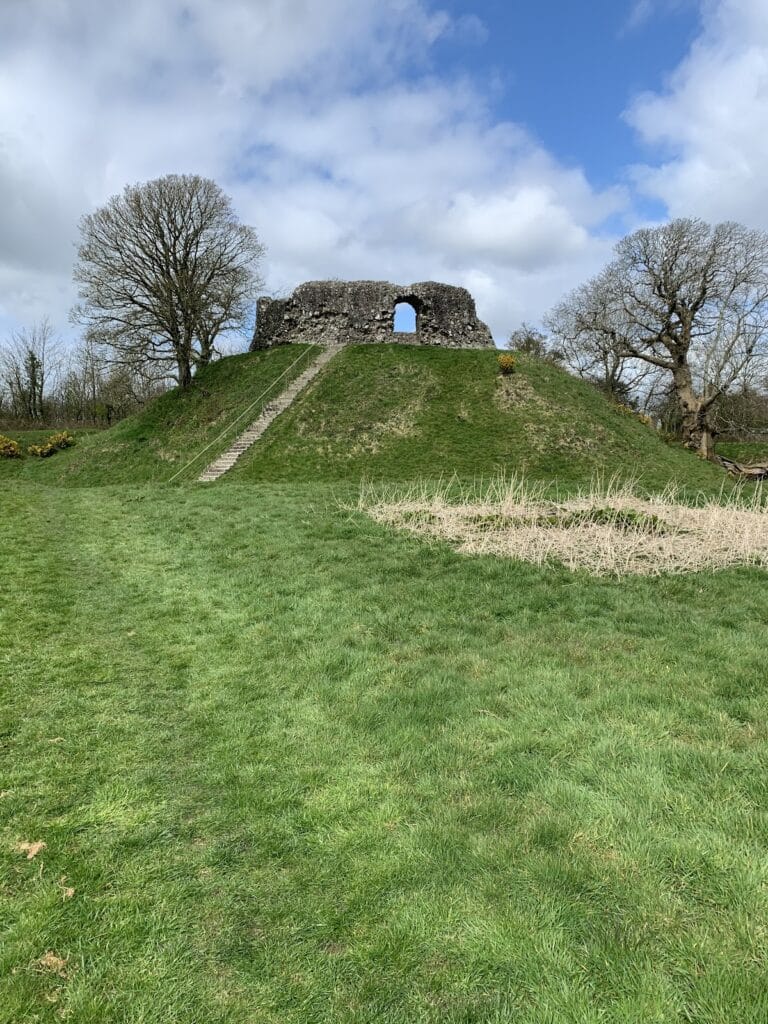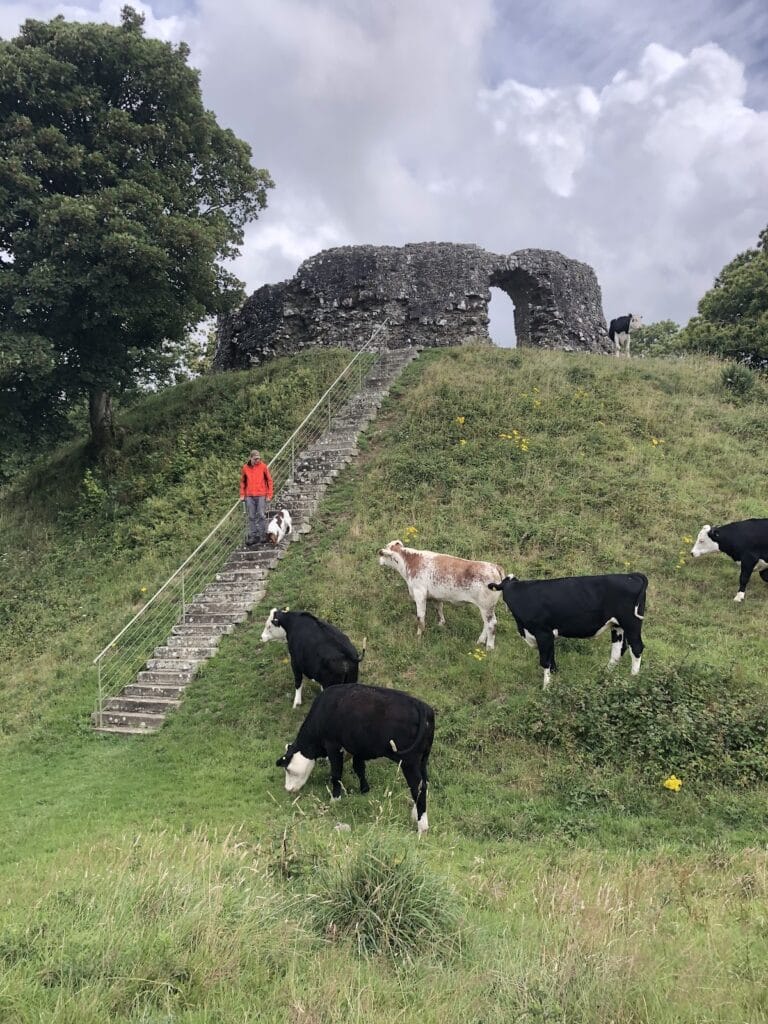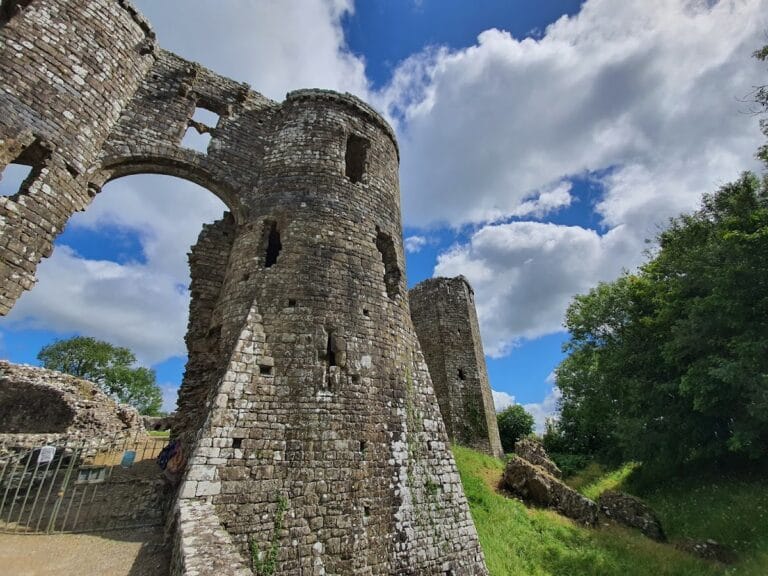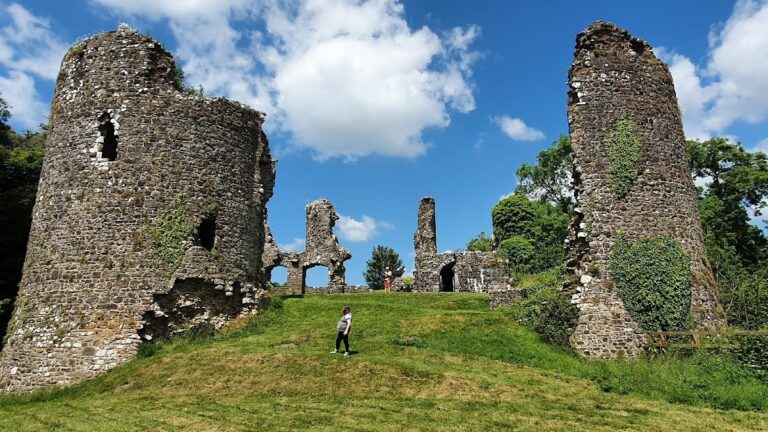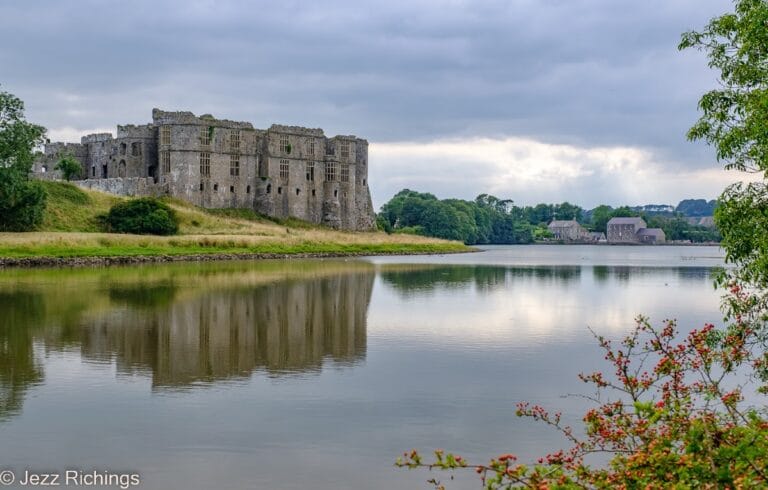Wiston Castle: A Historic Norman Motte-and-Bailey Fortress in Wales
Visitor Information
Google Rating: 4.4
Popularity: Low
Google Maps: View on Google Maps
Country: United Kingdom
Civilization: Medieval European
Remains: Military
History
Wiston Castle stands in the village of Wiston in Wales and was established by Flemish settlers in the early 1100s. The castle was founded by a man named Wizo, who received the lands from King Henry I of England after Arnulf de Montgomery lost his holdings following a failed rebellion. This stronghold formed part of the Marcher Lordship of Dungleddy, a border territory between England and Wales.
During the 12th and early 13th centuries, Wiston Castle was the focus of repeated conflict as Welsh forces sought to regain control. The castle changed hands several times: Welsh armies successfully took it in 1147, 1193, and again in 1220. One notable episode occurred in 1193 when a Welsh leader known as Hywel the Saxon captured the fortress and imprisoned Philip fitz-Wizo, who was Wizo’s grandson. In 1220, the castle suffered significant damage during an attack overseen by the Welsh prince Llywelyn the Great.
Following this raid, restoration efforts began under William Marshall the younger, though these repairs were not fully completed. By the end of the 13th century, ownership of the castle passed to Sir John Wogan, who chose to abandon Wiston in favour of the nearby Picton Castle. The settlement around the castle, originally established by Wizo and his followers, retained the name Wiston, which derives from Old Flemish and Saxon meaning “Wizo’s enclosure” or “town.”
In the 17th century, during the English Civil War, Royalist troops briefly occupied the site in 1643. However, they withdrew without fighting after Parliamentary forces advanced in the region, especially following the Royalists’ defeat at the Battle of Colby Moor in 1644.
Remains
Wiston Castle is a classic example of a motte-and-bailey fortress, built on a hill that overlooks the village. The motte is an earthen mound rising about 9 meters (30 feet) above its surrounding ditch. At its summit sits a polygonal shell-keep, which follows a typical Norman stone design from the early 12th century. This shell-keep consists of eighteen short stone sections forming an irregular polygon; some sections on the north side have partially collapsed into the ditch below. Inside the keep, the space is circular and encloses timber buildings that originally served as both defensive structures and living quarters for the lord and his household.
The entrance to the shell-keep faces south and features an arched doorway secured with draw-bar holes, where a wooden bar could be slid across to lock the gate from inside. Surrounding the motte is a large, oval-shaped bailey, protected by an earth bank. This enclosed area housed the main timber residence of the lord along with other supporting buildings necessary for daily life and administration.
After the major attack in 1220, attempts were made to rebuild parts of the castle in stone, especially the wooden towers. The surviving stonework of the shell-keep shows walls approximately 1.6 meters thick and a roughly 12-meter diameter interior, reflecting the typical Norman castle construction style of the period. The bailey’s earthworks remain well preserved today.
Located directly opposite St Mary Magdalene Church, the castle is accessed by a flight of about 50 steps leading from the village. Wiston Castle is protected as both a Grade I listed building and a Scheduled Monument, ensuring its conservation under the care of Cadw, Wales’ historic environment agency.
